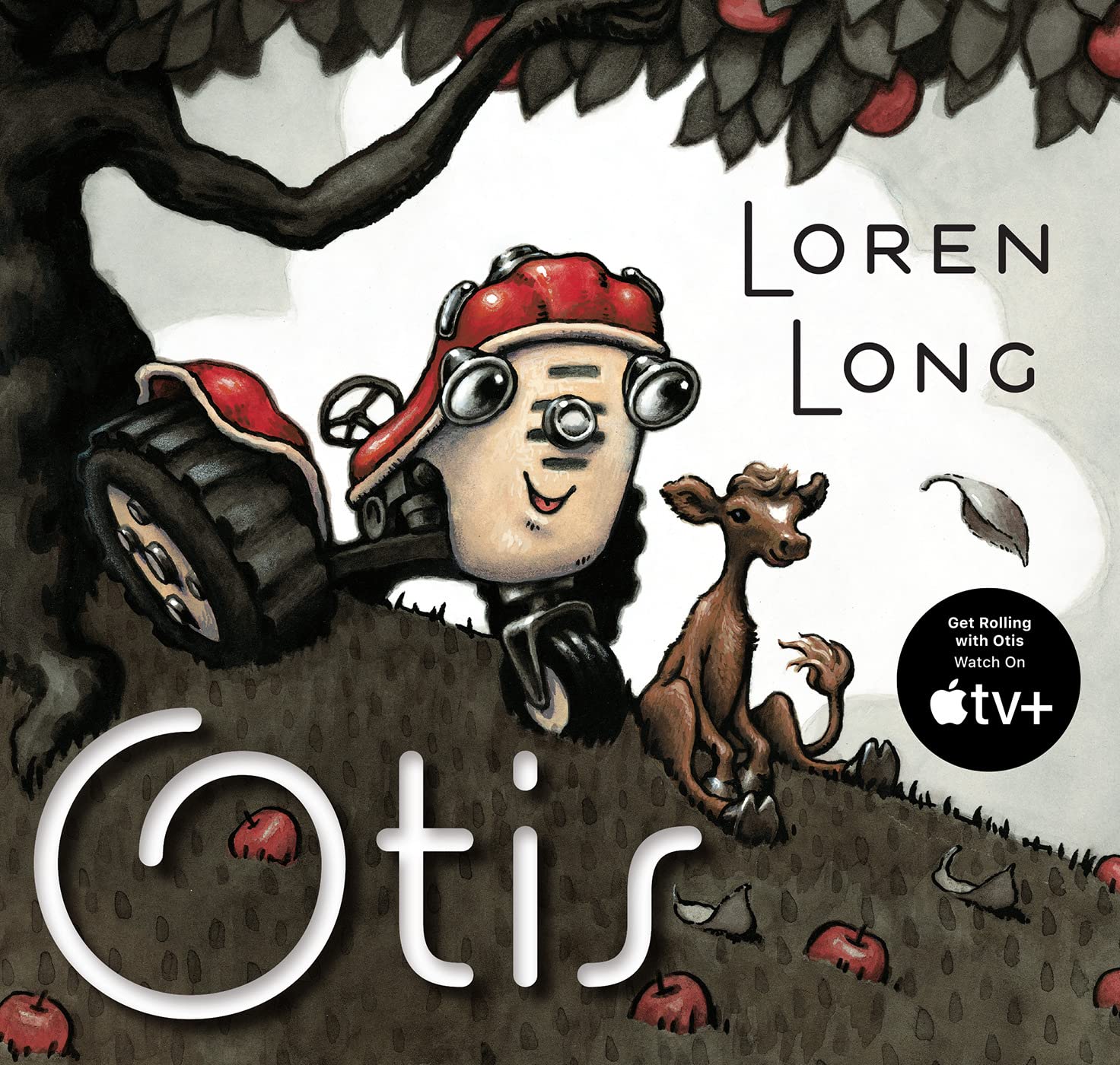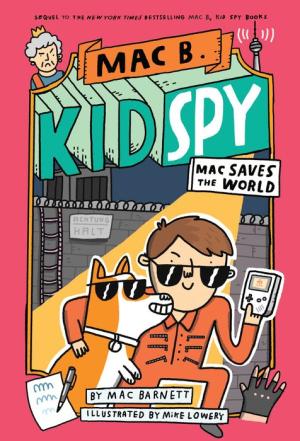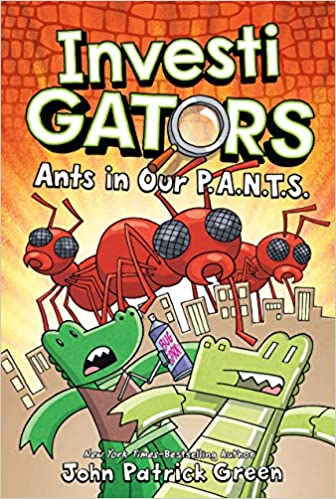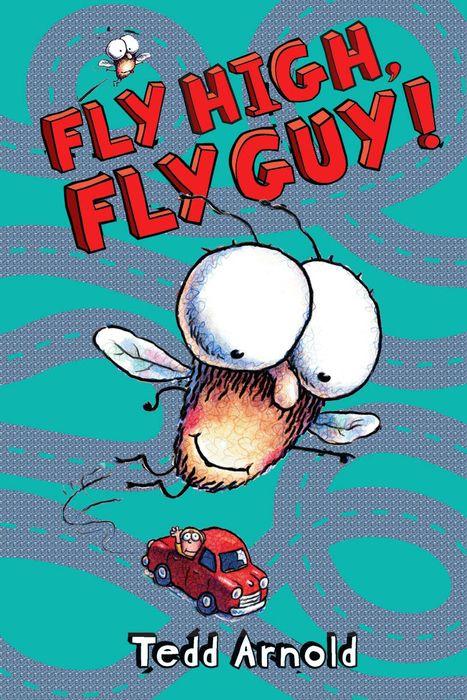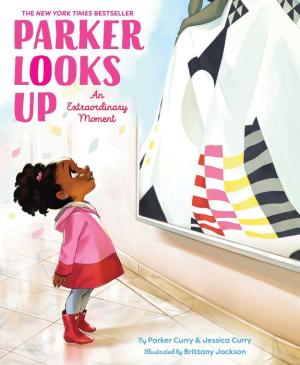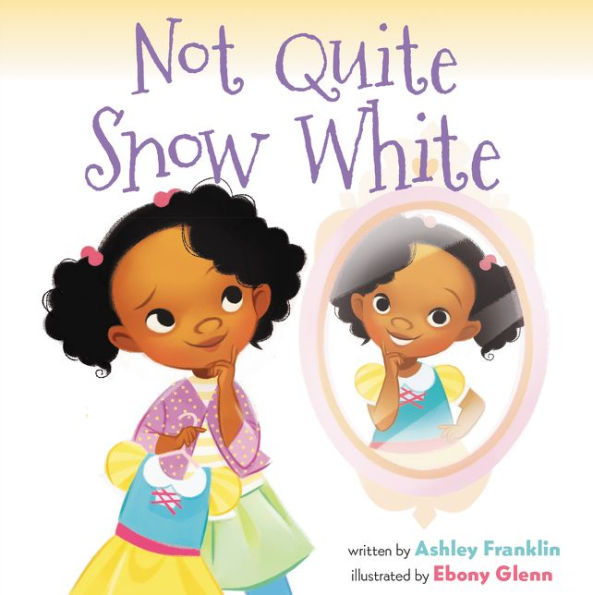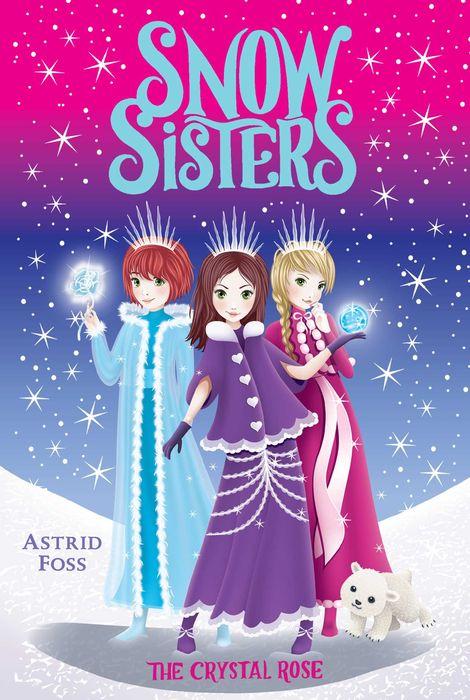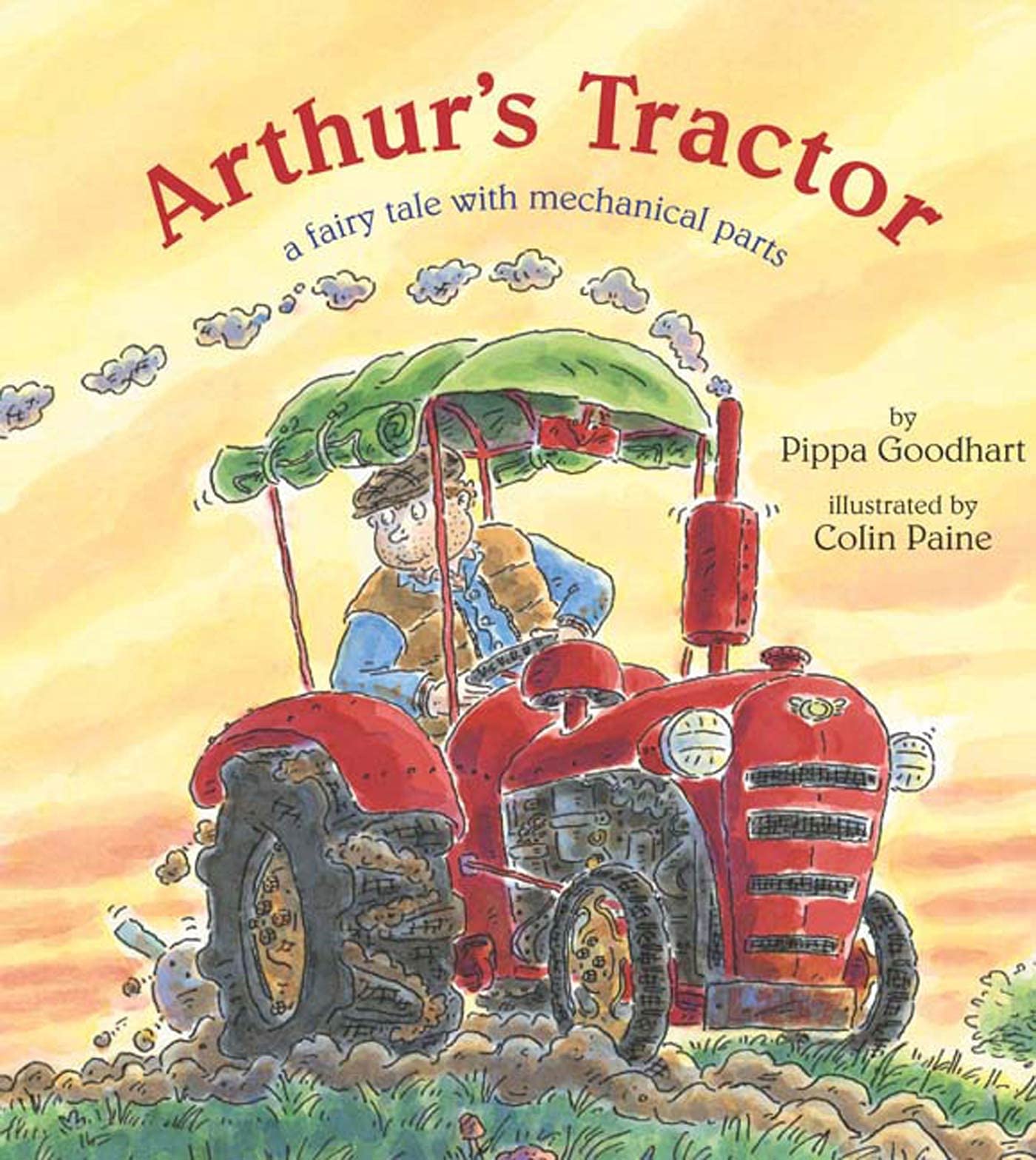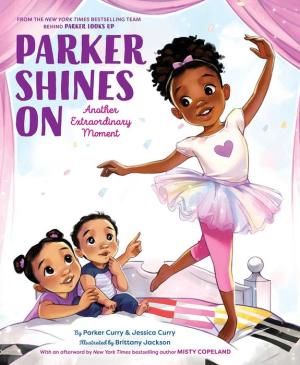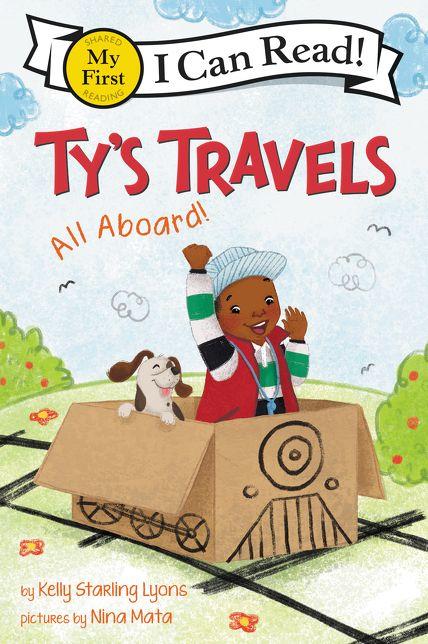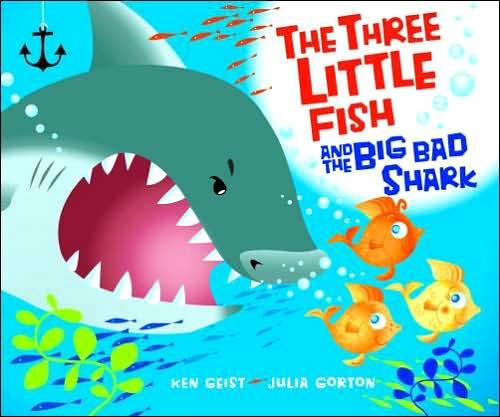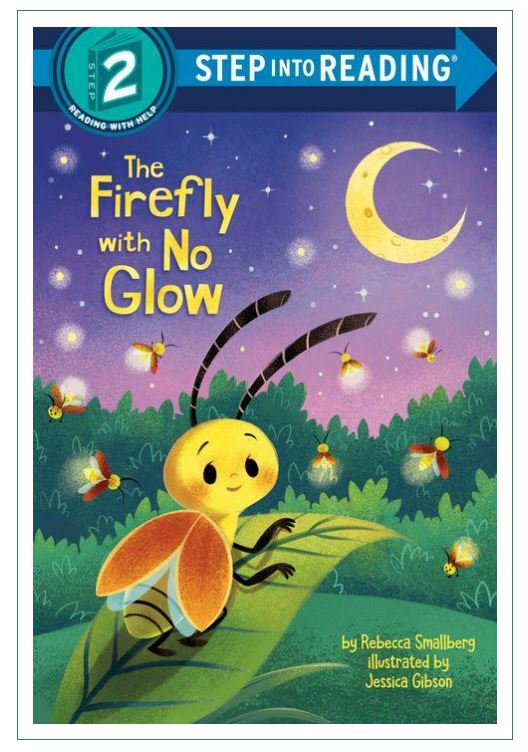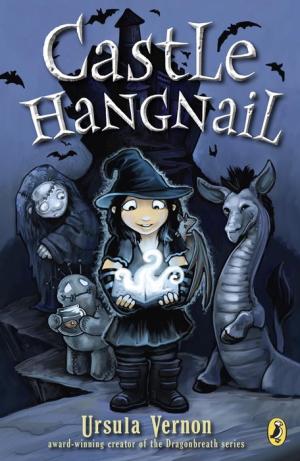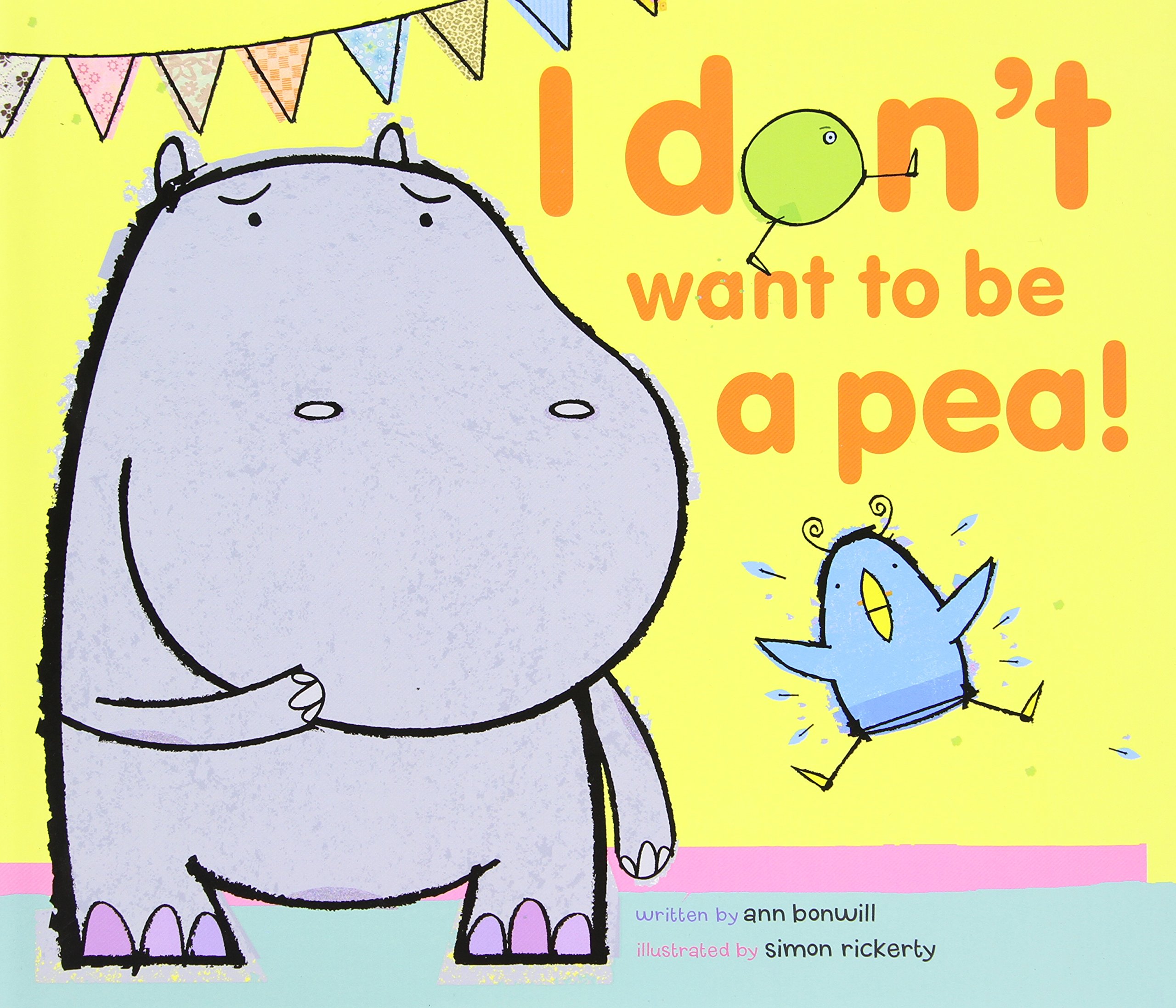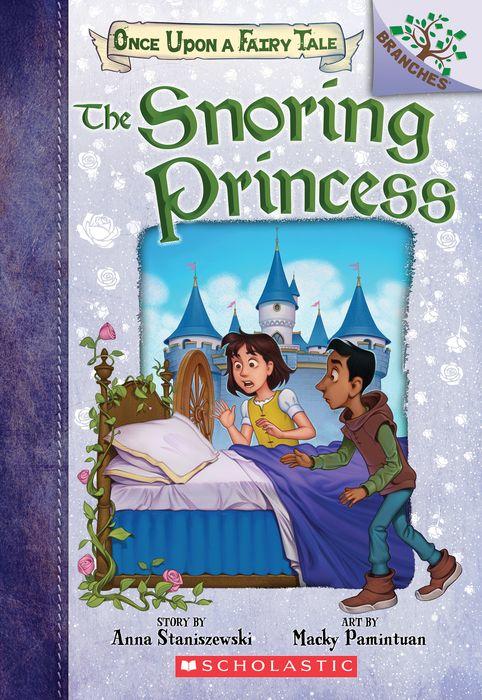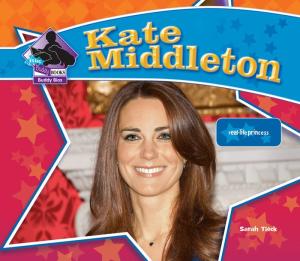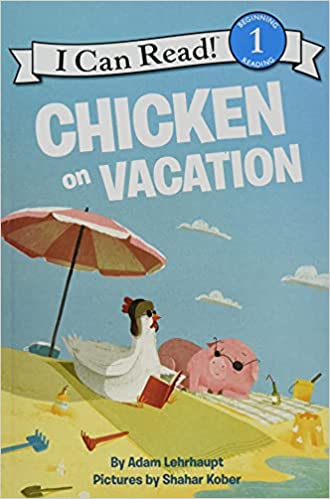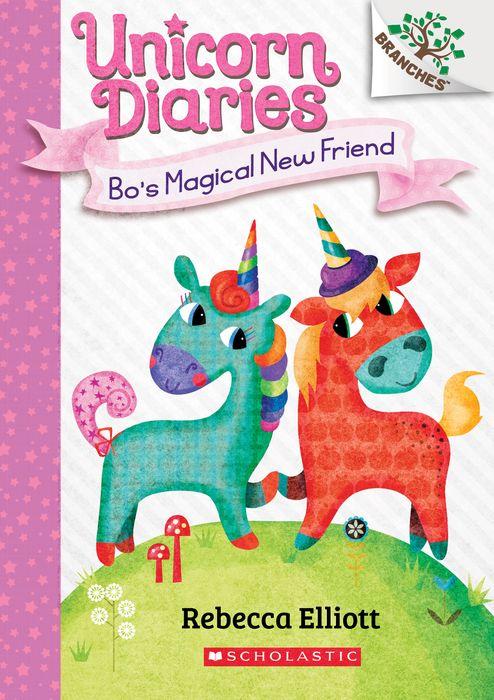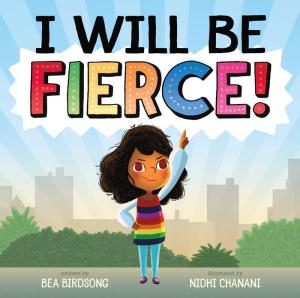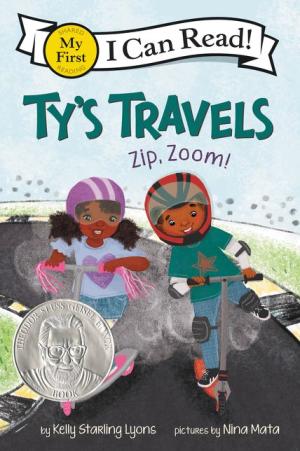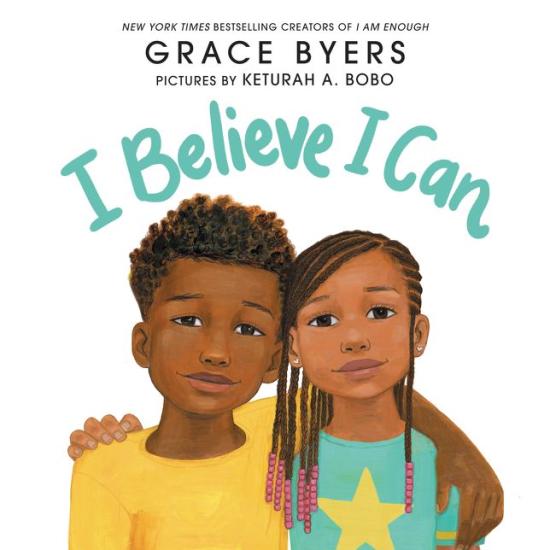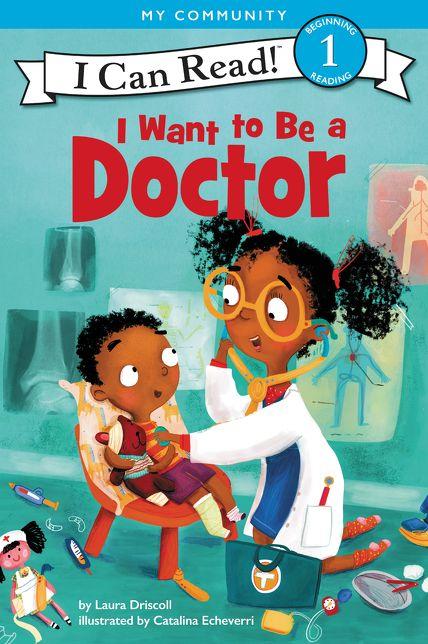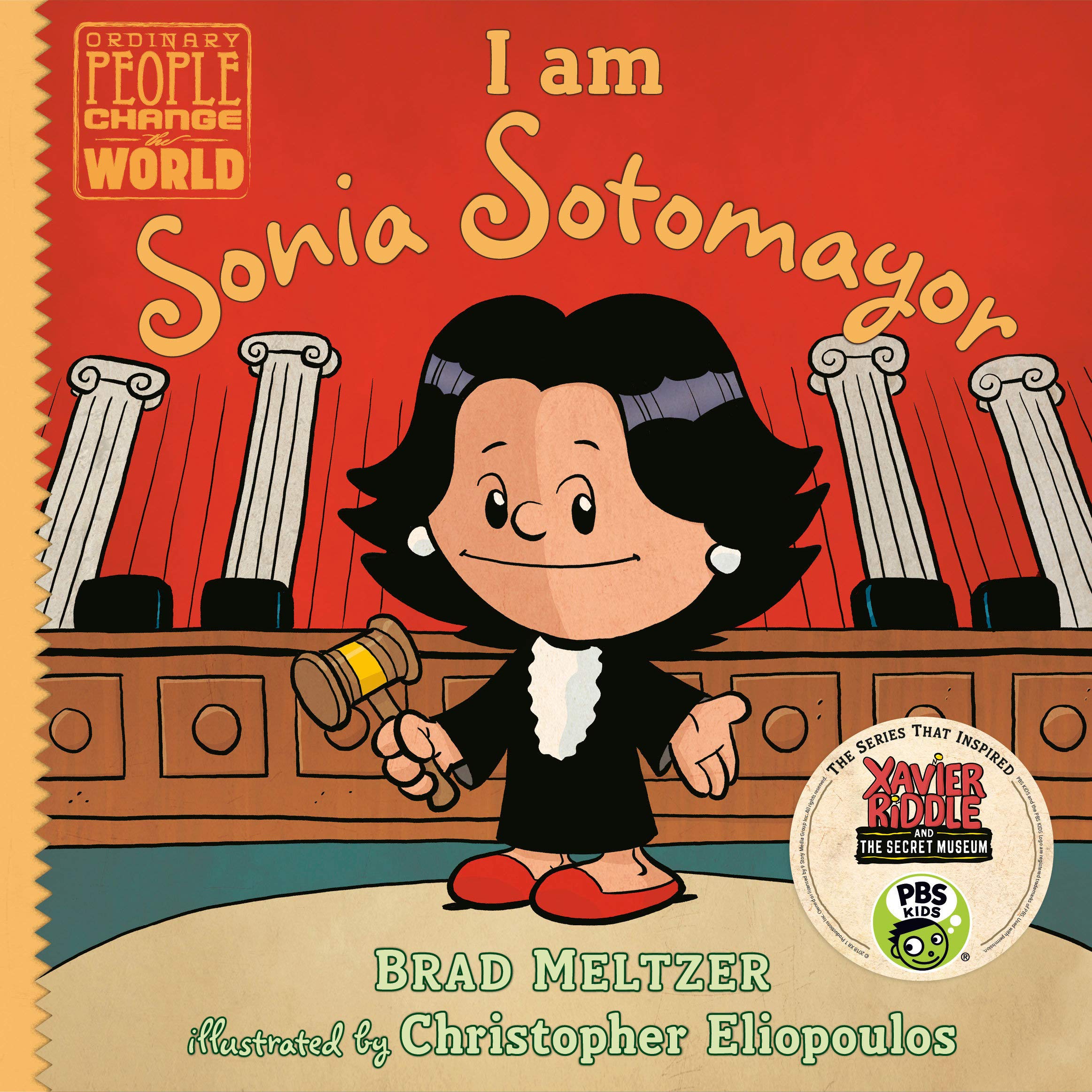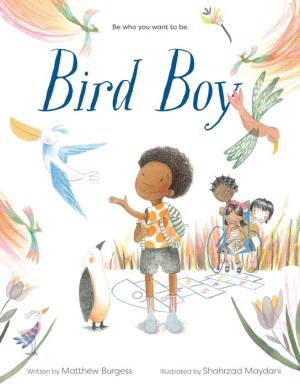Otis is a special tractor. He loves his farm and he loves his farmer. He particularly loves the little calf in the next stall, who he purrs to sleep with his soft motor. The two become great friends, romping in the fields, leaping bales of hay, and playing ring-around-the-rosy by Mud Pond.
But when the big yellow tractor comes to the farm and replaces Otis, he is cast away to rust behind the barn—until the little calf gets stuck in Mud Pond. Then, there is only one tractor (and it’s not the big or yellow one) that saves the day. It’s little Otis!
Young readers will enjoy seeing Otis and the calf romp around the farm. The two friends clearly care for each other, and Otis’ facial expressions are packed with emotion and easy to read. When the calf gets stuck in the mud, a lot of people show up to help the calf—and some people just show up to watch the events unfold. Several people, the big yellow tractor, and the firetruck all try to help the calf, but in the end, Otis becomes the hero.
The background of each illustration is done in soft grays, which allows Otis’s and the animal’s colors to pop on the page. Even though Otis is a picture book, the story is intended to be read aloud to a child rather than for the child to read it for the first time independently. The onomatopoeias make the story fun to read aloud. Each page has 2 to 5 sentences; however, some of the sentences are complex.
Young readers who are fascinated by tractors will love being introduced to Otis, who looks after the farm animals. While the story focuses on Otis, many of the pages also have a gaggle of geese that like to play with Otis and the little calf. The cute story is easy to understand and highlights the importance of friendship. Readers interested in more farm-related stories should check out I’ll Love You Till the Cows Come Home by Kathryn Cristaldi.
Sexual Content
- None
Violence
- None
Drugs and Alcohol
- None
Language
- None
Supernatural
- None
Spiritual Content
- None
